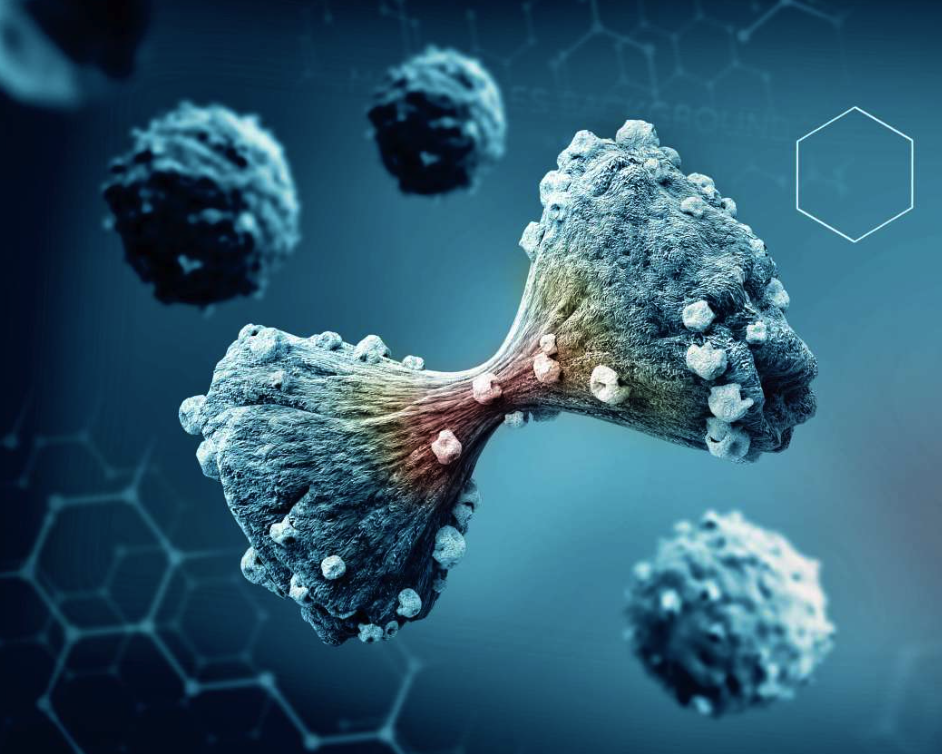Paper Addresses Challenges, Opportunities in Theranostics Education
Images

A white paper published in the June issue of The Journal of Nuclear Medicine discusses the challenges and opportunities in theranostics education. Leaders from 12 nuclear medicine organizations around the world outline the current theranostic educational and accreditation offerings across the globe. The report also provides guidelines to assist countries in developing educational and training curriculums that enable physicians to confidently and safely perform nuclear theranostics procedures.
The concept of theranostics refers to the integration of therapeutics and diagnostics into a single management approach. Through their high sensitivity and specificity, theranostic radiopharmaceuticals have started to play a major role in precision medicine by significantly improving patient disease management, particularly in oncology.
“As exciting as it sounds, the clinical implementation of theranostics radiopharmaceuticals in nuclear medicine faces significant challenges. The practice of a fully integrated diagnostic and therapeutic nuclear medicine specialty requires an in-depth knowledge in many different fields of medicine, radiochemistry and radiopharmacy, dosimetry and radiopharmacology, complex imaging equipment along with an in depth understanding of patient’s diseases and management, health-care systems and health-care economics,” said the authors. “This type of complex knowledge, experience, and expertise represents both unique opportunities and significant challenges for medical school, imaging, and nuclear medicine centers across the globe.”
In the report, members of the Nuclear Medicine Global Initiative summarize the educational and training initiatives on theranostics available worldwide between 2018 and 2022. Participating organizations include the Australian and New Zealand Society of Nuclear Medicine, Asia Oceania Federation of Nuclear Medicine and Biology, Arab Society of Nuclear Medicine and Molecular Imaging, British Nuclear Medicine Society, Canadian Association of Nuclear Medicine, European Association of Nuclear Medicine, International Atomic Energy Agency, Japanese Society of Nuclear Medicine, Korean Society of Nuclear Medicine, South African Society of Nuclear Medicine, Society of Nuclear Medicine–India, and Society of Nuclear Medicine and Molecular Imaging.
Given the diversity in the backgrounds of providers and in order to ensure appropriate and safe use of nuclear theranostics, a curriculum template with minimum requirements is desirable to provide proper education, training, and expertise for the use of theranostics. The report outlines a universal framework for postgraduate education and training of nuclear medicine physicians for proficiency in nuclear theranostics. It also includes a framework for educating current nuclear medicine physicians about theranostics.
“Like the other fields in medicine, the science and practice of theranostics radiopharmaceuticals is very rapidly evolving. Continuing medical education will be critical to maintain sufficient and up-to-date knowledge and expertise to perform diagnostic and therapeutic nuclear medicine procedures,” the group noted.